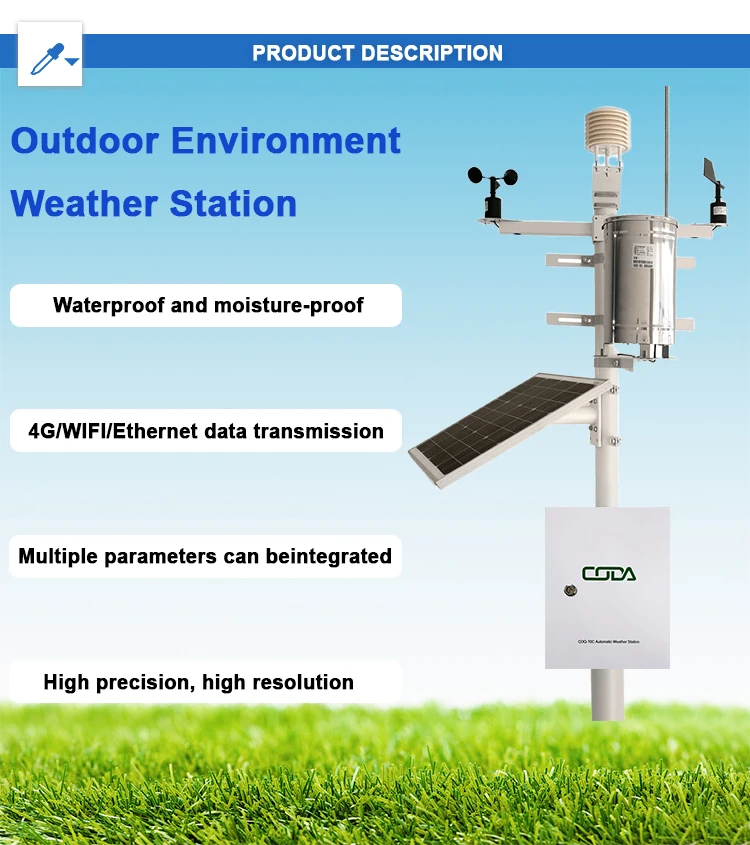
# Automatic Weather Station: Definition and Functionality
## What is an Automatic Weather Station?
An Automatic Weather Station (AWS) is a sophisticated system designed to collect meteorological data without requiring constant human intervention. These stations are equipped with various sensors that measure atmospheric conditions such as temperature, humidity, wind speed and direction, rainfall, barometric pressure, and solar radiation.
AWS systems have become increasingly important in modern meteorology, agriculture, aviation, and environmental monitoring due to their ability to provide continuous, accurate weather data in real-time.
## Key Components of an Automatic Weather Station
A typical automatic weather station consists of several essential components:
- Sensors: These measure various weather parameters with high precision
- Data logger: Records and stores the collected data
- Power supply: Usually solar panels with battery backup
- Communication system: Transmits data to central servers or users
- Support structure: Mounting tower or platform for sensors
## How Automatic Weather Stations Work
Data Collection Process
The operation of an AWS follows a systematic process:
- Sensors continuously monitor environmental conditions
- Measurements are taken at predetermined intervals (typically every 1-60 minutes)
- The data logger processes and stores the information
- Data is transmitted via wired or wireless communication methods
- Information is processed and made available to end users
## Applications of Automatic Weather Stations
Diverse Uses Across Industries
Automatic weather stations serve numerous purposes in different sectors:
- Meteorology: Weather forecasting and climate research
- Agriculture: Precision farming and irrigation management
- Aviation: Airport weather monitoring
- Hydrology: Flood prediction and water resource management
- Renewable energy: Wind and solar power generation assessment
## Advantages of Automatic Weather Stations
The implementation of AWS offers several significant benefits:
- Continuous, real-time data collection
- Reduced human error in measurements
- Ability to operate in remote locations
- Cost-effective compared to manual stations
- Standardized data collection methods
## Future Developments in AWS Technology
Emerging Trends
The field of automatic weather stations continues to evolve with technological advancements:
- Integration with IoT (Internet of Things) platforms
- Miniaturization of sensors for portable applications
- Improved energy efficiency and power management
- Enhanced data analytics and machine learning applications
- Greater interoperability between different AWS systems
As technology progresses, automatic weather stations will become even more accurate, reliable, and accessible, further enhancing our ability to monitor and understand weather patterns and climate change.
Keyword: what is automatic weather station
